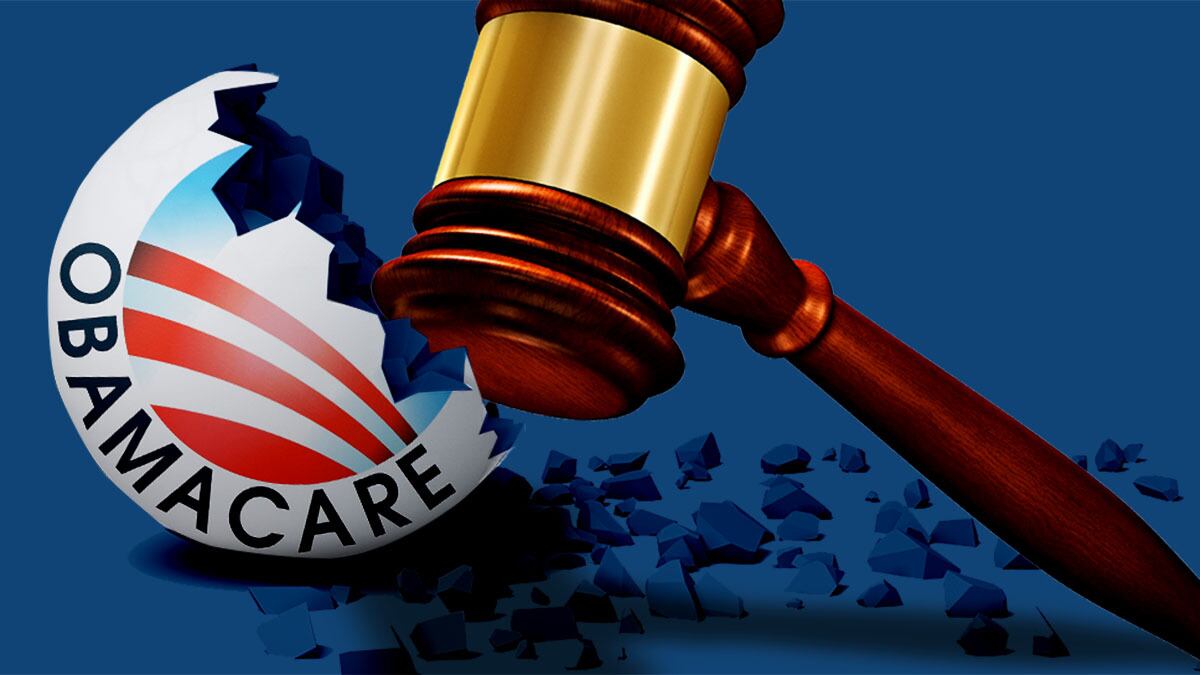Opinion
Photo Illustration by Sarah Rogers/The Daily Beast / Photos Getty
Republicans Ask Supreme Court to Let Obamacare Bleed to Death
CODE BLUE
Open-heart surgery? Euthanasia? Everything is on the table as the court again considers taking a knife to the Affordable Care Act.
opinion

Trending Now




